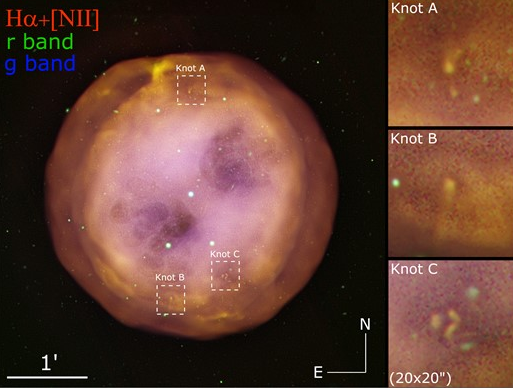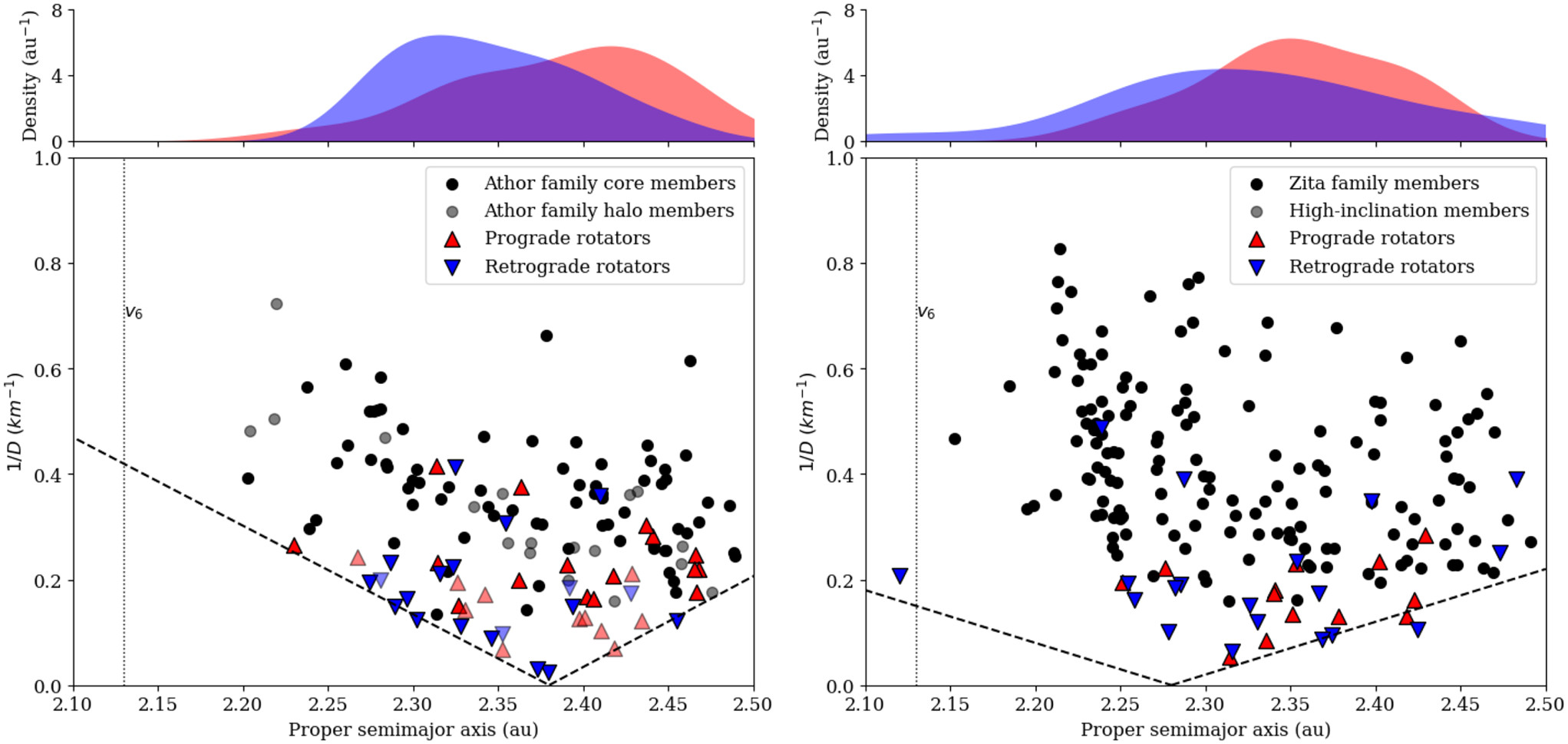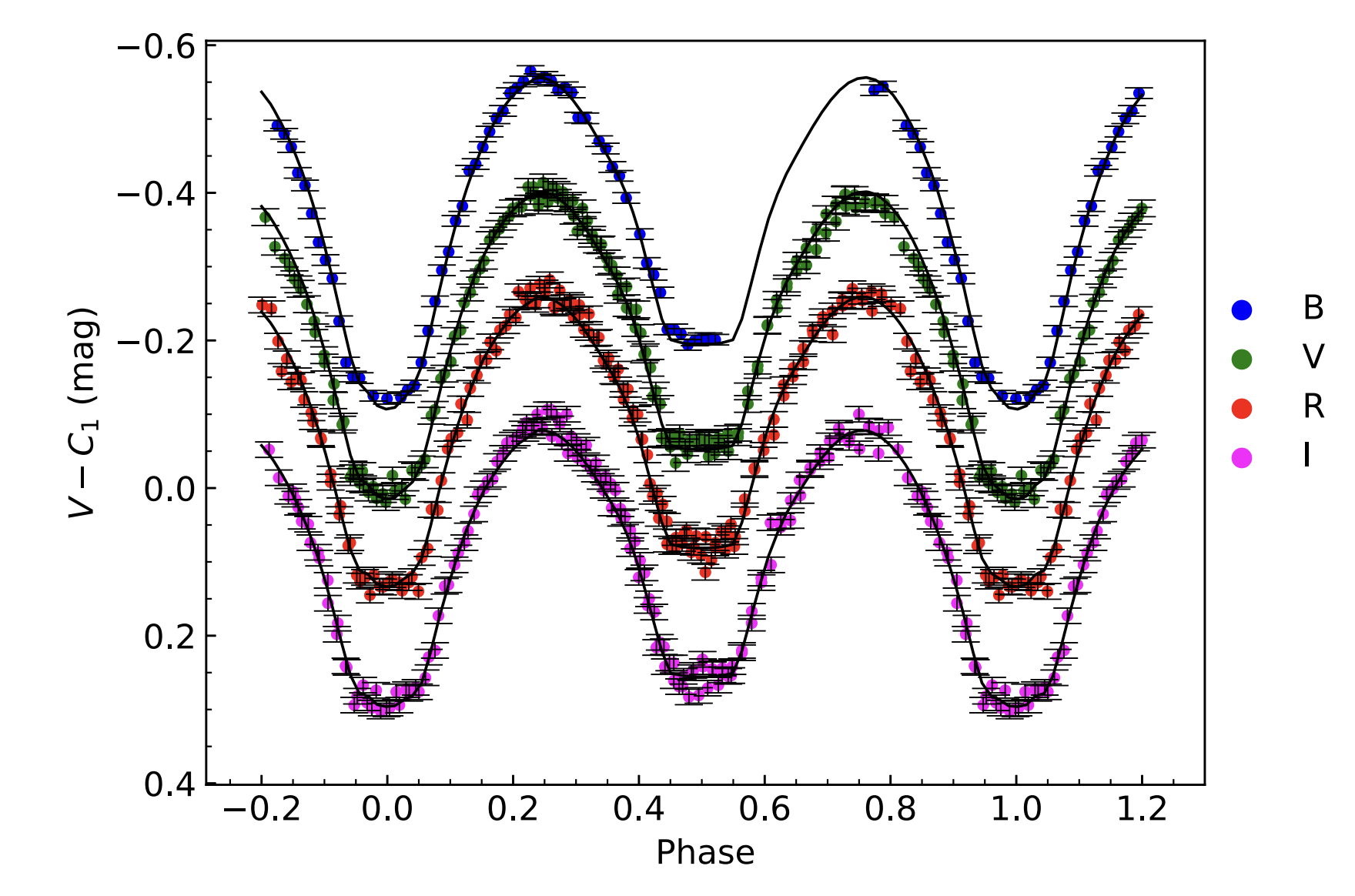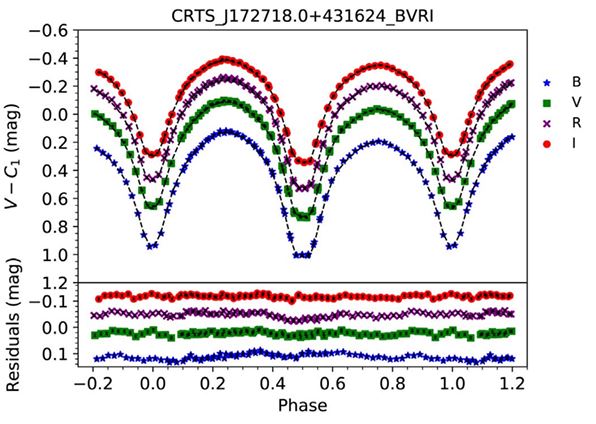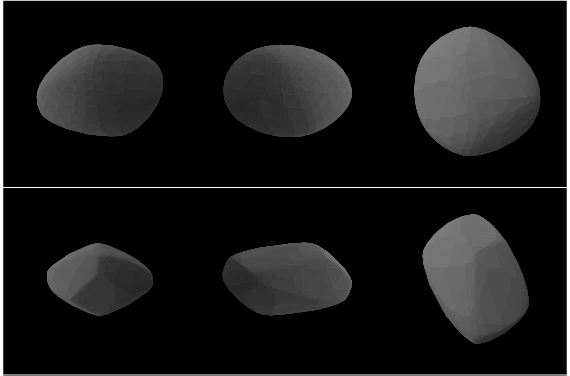H2 molecular gas in the old planetary nebula NGC 3587
Ramos-Larios G., Guerrero M. A., Toalá J. A., Akras S., Fang X.
eprint https://academic.oup.com/mnras/article/527/4/10123/7471604
December 2023
Abstract
The acquisition of high-quality deep images of planetary nebulae (PNe) has allowed the detection of a wealth of small-scale features, which highlight the complexity of the formation history and physical processes shaping PNe. Here we present the discovery of three groups of clumps embedded within the nebular shell of the evolved PN NGC 3587, the Owl Nebula, that had escaped previous detections. The analysis of multi-wavelength GEMINI GMOS, NOT ALFOSC, Aristarchos Andor optical, Canada-France-Hawaii Telescope WIRCam, and Spitzer IRAC and MIPS infrared images indicates that these clumps are formed by material denser and colder than the surrounding nebula, with a notable content of molecular H2, but negligible or null amounts of dust. The presence of H2-rich pockets embedded within the ionized shell of this evolved PN is suggestive of the survival of high-density condensations of material created at the onset of the PN stage.

